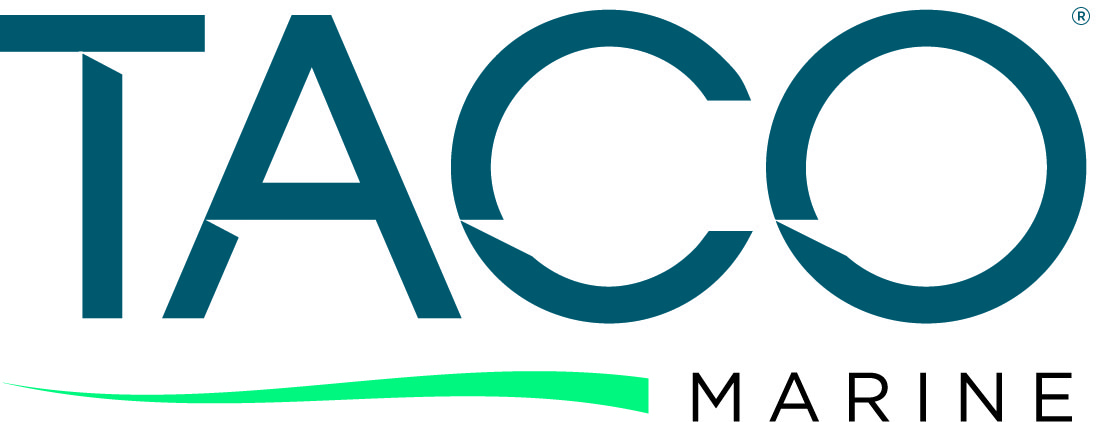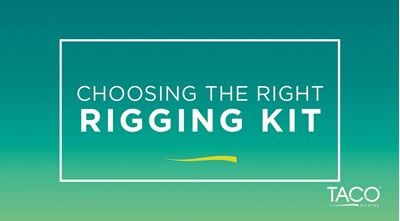A common question we get at TACO is, "how do I choose the correct rigging kit for my outriggers?" With seven different kits from which to choose, with options that have braid or mono, this is an important question to answer.
TACO Pro Team Captain Mark Henderson from the Liquid Fire Fishing Team explains how to choose the correct rigging kit, as well as the benefits for different rigging options, below. If you have additional questions about rigging outriggers or questions about other TACO products or Sport Fishing, comment on this blog or [link to contact page] send us a message.
How does an angler choose the correct kit for their sport fishing needs?
The first step to choosing a rigging kit should be determined by whether an angler wants to rig for a single, double or triple setup. Deciding between these three options normally goes hand-in-hand with how experienced an angler is. Beginners normally start out with a single-rigged system.
What are the benefits to a single, double or triple rigging setup?
Single rigging allows for an easily managed, single bait spread for each side of the boat.
- This rigging option allows for good development and attainment of offshore fishing skills without having to cope with too many lines.
- It allows the angler to set lines to different lengths and cover a wider surface area in search for pelagic fish.
- After getting a bite and the line is pulled from the release clip, there are no other lines to manage on that side when fighting the fish to the boat.
Double rigging provides more options for more experienced anglers.
- This set-up allows for two baits to be deployed off each outrigger pole, which allows for a long bait and short bait on each side of the boat.
- This increases the opportunity to entice a fish by providing more options and choices for it to eat.
- A setup of a bait put on the long line, combined with a hookless teaser to attract fish, is also an option with double rigging.
Triple rigging provides the most options for experienced anglers.
- Creating this system for your outriggers offers the most sophisticated spread to target offshore species.
- The use of both outer halyard lines and release clips to deliver baits in a long and short presentation is beneficial.
- The third rigged line allows a teaser to be used to create activity and surface disturbance to mimic a bait fish or bait school.
- Using this rigging requires the understanding of rod placement on the boat when the baits are deployed to help avoid tangles when a strike occurs.
What’s the difference between Dacron (braid) and Monofilament, and what are the pros, cons and uses of each?
Generally, there are two materials used as halyard lines when rigging outriggers:
- Braided nylon rope and monofilament.
- There are advantages to both, and it becomes a personal preference as opposed to “what is better.”
Braided rope is much more flexible and allows for stowing the outriggers easier.
- It tends to stretch more than mono after use.
- However, it provides the capability of adjustment by applying a tag-end swivel to each line. This allows the angler to slide the swivel up the halyard line for tightening when deploying baits or down the line when loosening to position the outriggers when changing fishing locations.
- Braided rope tends to have a higher friction resistance, which can make raising and lowering the halyard lines slightly rougher than monofilament.
- It also allows for easy adjustments and the ability to quickly retie swivels and release clips if necessary.
- The material can easily be wrapped around Line Caddies to control the looseness of the lines when the telescopic poles are collapsed and stowed.
Monofilament used to rig outriggers is normally 400# (pound) material and provides a more rigid halyard line.
- There is less stretch in mono than braid. Once it is adjusted and crimped properly for use, the material provides consistent length without having to modify.
- Rigging with mono requires correct-sized crimper sleeves and a tool to make secure connections to swivels and release clips
- Friction, when being pulled over swivel rollers and/or eye rings, is less than braid. Therefore, it slides with greater ease.
- When moving locations and adjusting outrigger poles, the use of mono generally will require finding a location to attach the halyard lines to the top or top frame. The length needed will be different than when they are deployed for fishing.
- The use of a TACO Outrigger Line Tensioner on the gunnel helps manage this adjustment with ease.
- Controlling monofilament when collapsing outriggers for storage provides more of a challenge when wrapping the material, as it is much stiffer and will not coil as easy as braid.
Explore our TACO Rigging Kits here. For more tips on caring for outriggers, winterizing your boat, choosing the right outrigger system or more, check out the related blog topics below, explore our entire blog and follow us on YouTube, Instagram, Facebook and Twitter.









